Rather like many artists, John Piper used his camera to record places and subjects for later work. Piper began taking the photographs when he worked with John Betjeman on the Shell County Guides in the 1930s.
The subjects before the war were often objects – ironwork, lettering, marine apparatus – bus since then have been more usually of buildings in landscape. The primary purpose has always been to record topographical information. ‡
The landscape photographs are very often to hand when Piper draws the same subject in the studio, along with sketches made at the place and any other available information, but they are not copied. Only in very rare cases – some of the mountain sides in North Wales in the later 1940s and of the Château of Chambord – were photographs squared and transferred to drawings. ‡
Most of the pictures before are editioned as lithographs or screen prints, some of them are paintings while Piper was working on the Recording Britain project.
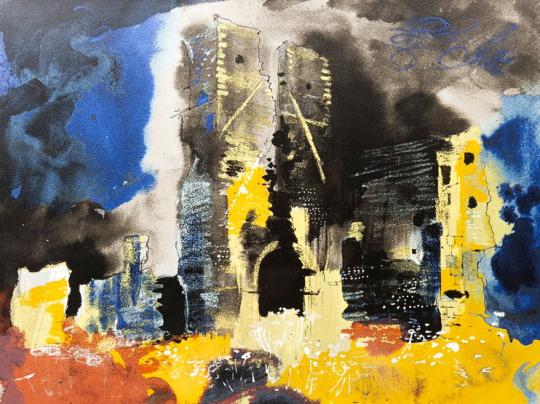
John Piper – ‘Ruined Church’, Bawsey, 1982. (Editioned Print)
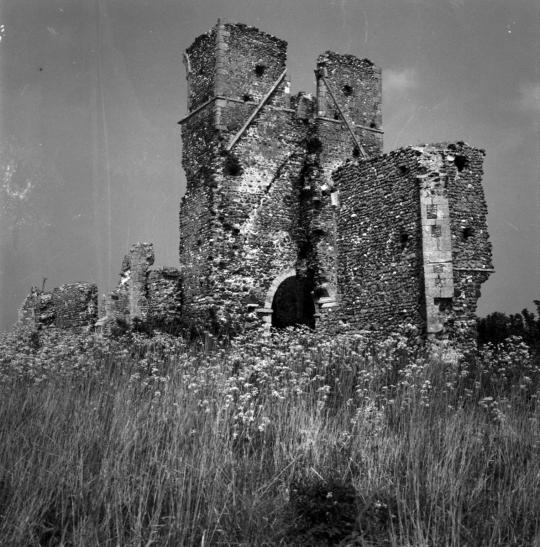
John Piper – ‘Ruined Church’, Bawsey, Near Kings Lynn, Norfolk.
The importance of Piper’s photographs lay less in their technique, which was often little more than competent, but in their subject matter. As in his painting, for which his topographical photographs often acted as preliminary studies, Piper had an unerring eye for exciting what the architectural historian John Summerson called “a new curiosity about unnoticed, unlisted things”.
During the war and after, his photographs illustrated articles he wrote for the Architectural Review trumpeting the virtues of subjects as diverse as flint; shops; the Donegal custom of embellishing its stucco houses with painted quoins and stonework details; the ‘gratuitous semi-circle’ in English late classical architecture; and church towers in Eastern England, which was geographically balanced by an article entitled ‘Warmth in the West’ studying the West of England penchant for painting house exteriors.
Some of the most influential of these were a series he wrote seeking to preserve the unique nature of the British pub. More controversial was the 1947 essay ‘Pleasing Decay’, a plea for structurally sound ruins to be retained for the picturesque delights they would afford. †
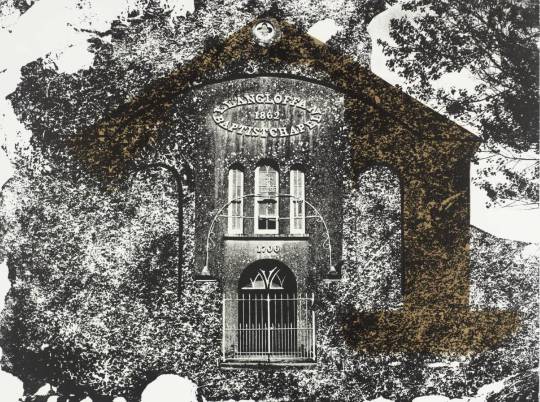
John Piper – Llangloffan Baptist Chapel, 1964. (Editioned Print)
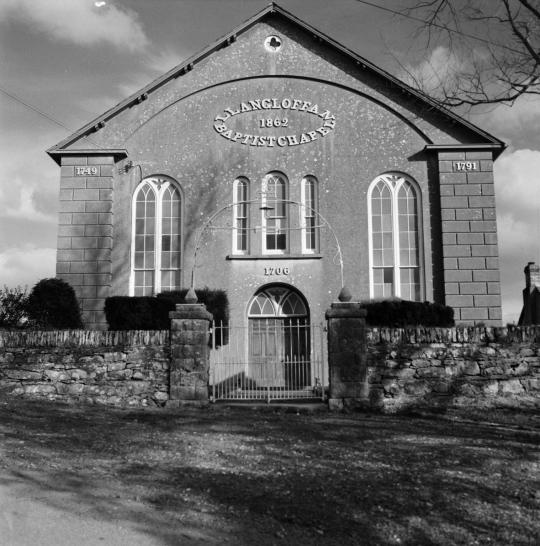
John Piper – The Baptist Chapel, Llangloffan, Pembrokeshire.
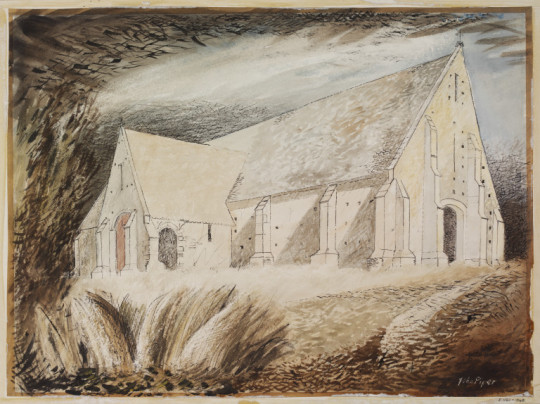
John Piper – Tithe Barn, Great Coxwell, 1940. (Painted for Recording Britain)
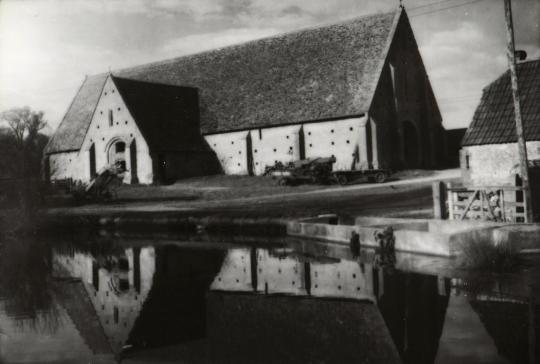
John Piper – Tithe Barn, Great Coxwell, Berkshire.
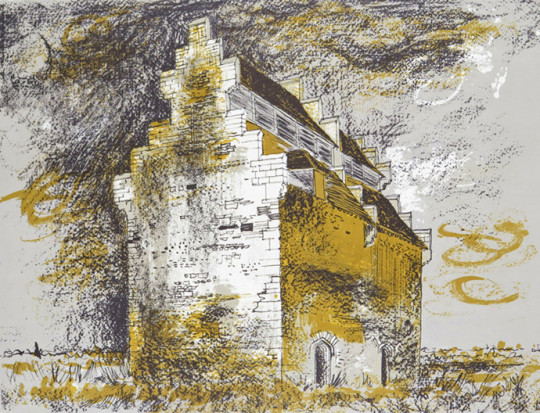
John Piper – Willington Dovecote, Bedfordshire, 1978. (Editioned Print)
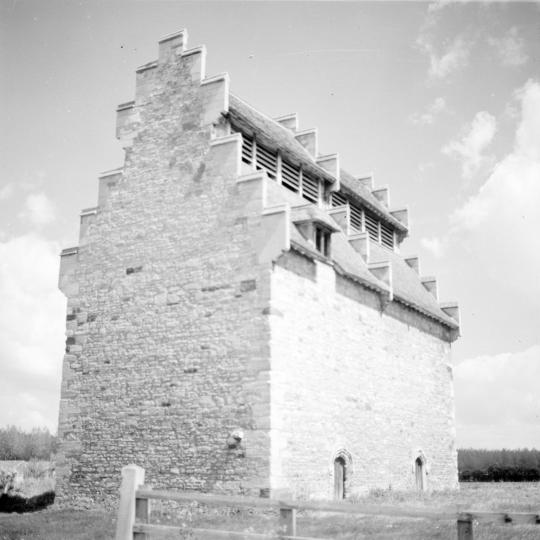
John Piper – Willington Dovecote, Bedfordshire.

John Piper – Church of St. Denis, Faxton, 1940. (Painted for Recording Britain)

John Piper – Church of St. Denis, Faxton, Northamptonshire.
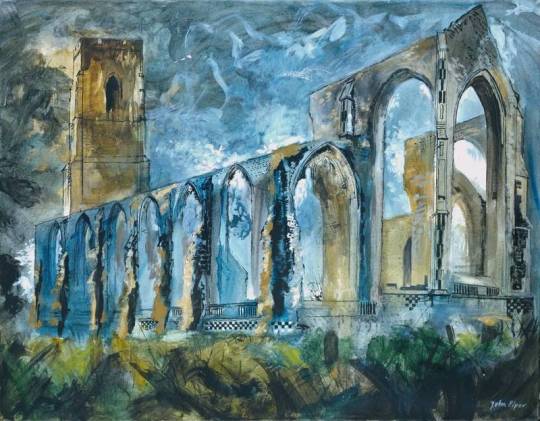
John Piper – Covehithe Church, Suffolk, 1983. (Editioned Print)
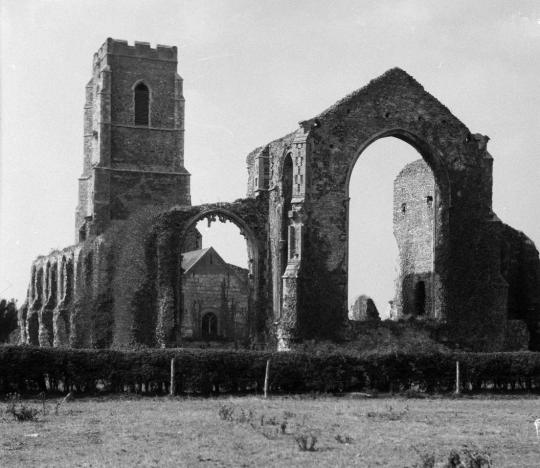
John Piper – Covehithe Church, Suffolk
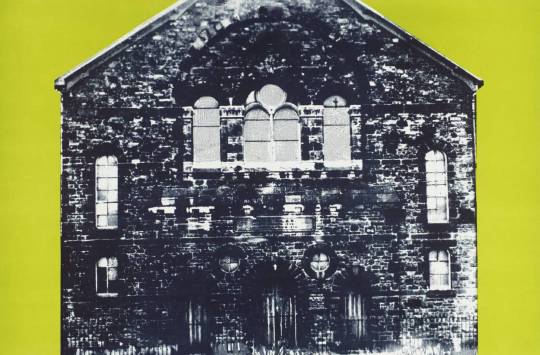
John Piper – Crug Glas, Swansea, 1966. (Editioned Print)
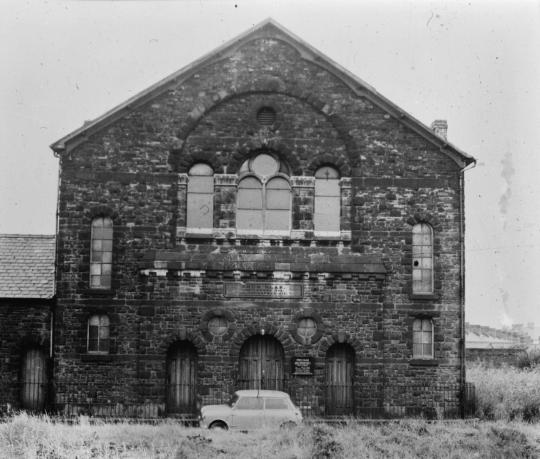
John Piper – Crug Glas, Swansea
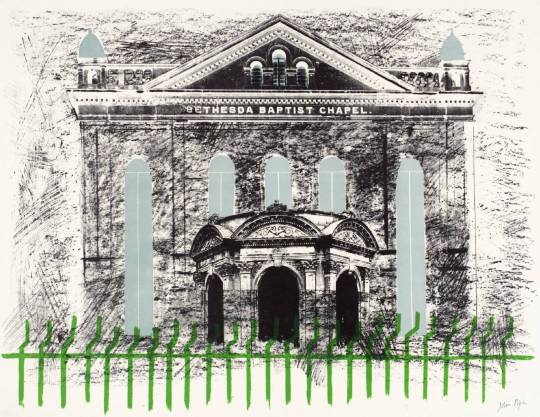
John Piper – Bethesda Chapel, 1966. (Editioned Print)
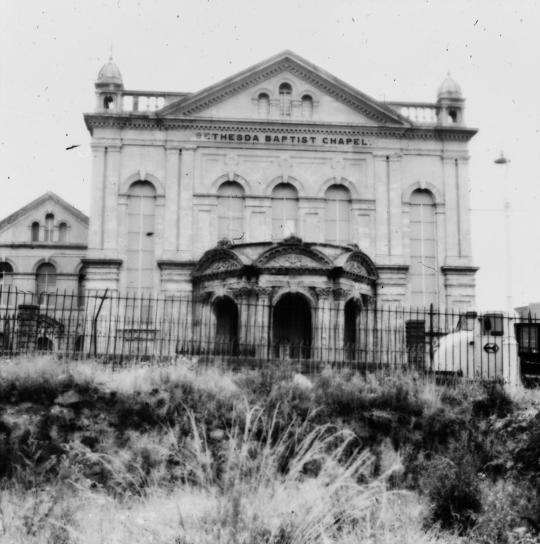
John Piper – Bethesda Chapel, Swansea.
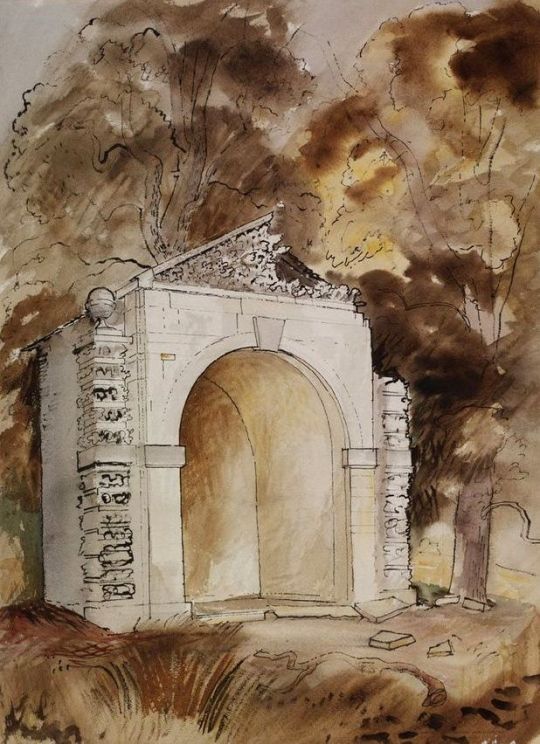
John Piper – The Duck House in the Park of Buckland House, 1940. (Painted for Recording Britain)

John Piper – Folly at Buckland, near Faringdon, formerly in Berkshire.
† John Piper and the RIBA Library Photographs Collection by Robert Elwall, 2009.
‡ John Piper by John Russell, Tate Gallery, 1983. p77